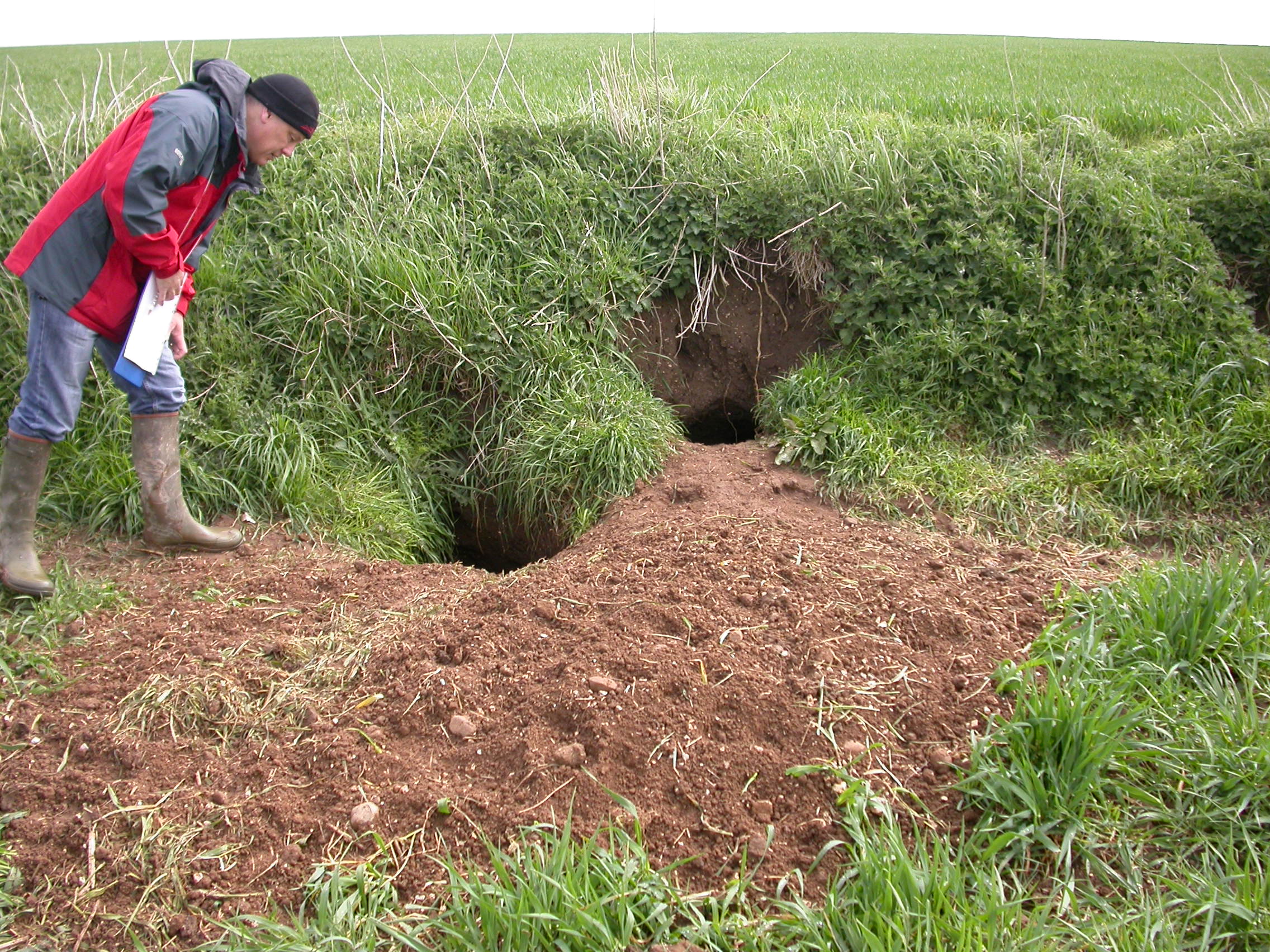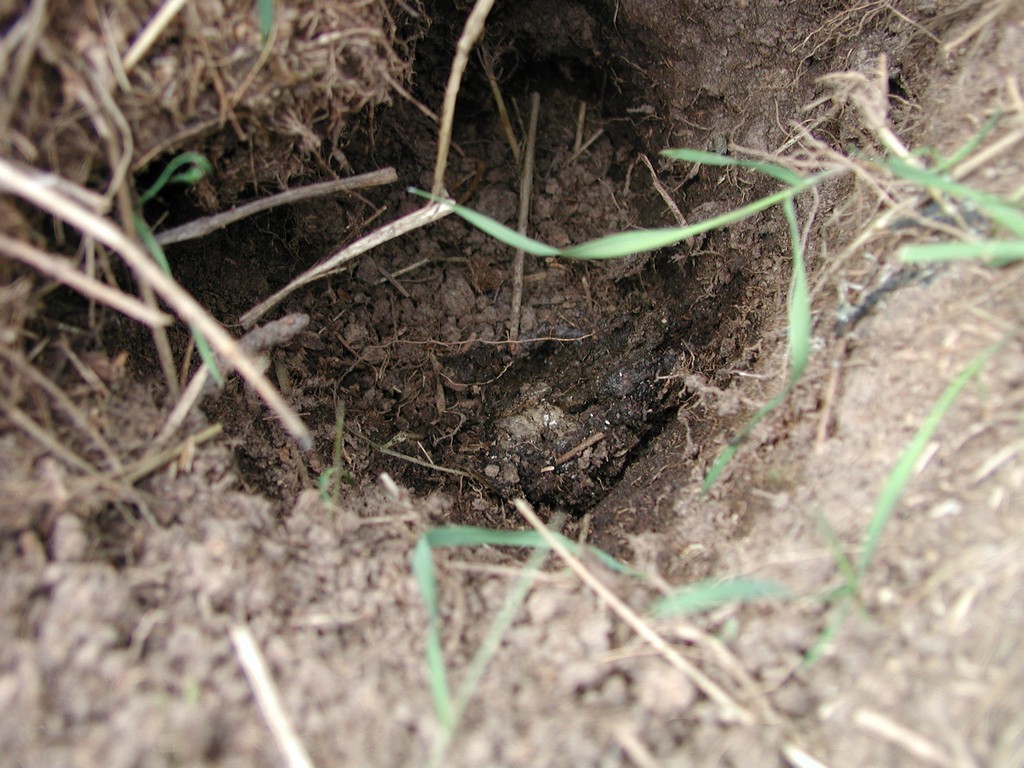Survey
Badgers are part of the weasel family, known as mustelids. The badger is the larges t mustelid in the UK with a very distinctive black and white striped face. They are largely carnivorous, and earthworms make up a large part of their diet. However, they are opportunistic and will eat a wide variety of plants, fruit, roots, insects and small mammals. Badgers live in family groups called clans. The clans can be as large as 20 animals, although the average number is about 5.
t mustelid in the UK with a very distinctive black and white striped face. They are largely carnivorous, and earthworms make up a large part of their diet. However, they are opportunistic and will eat a wide variety of plants, fruit, roots, insects and small mammals. Badgers live in family groups called clans. The clans can be as large as 20 animals, although the average number is about 5.

Their underground dens are called setts. These are distinctive and may have several entrances. Clans may occupy a large territory and have a number of setts that are used seasonally. Territory size is usually related to the quality of the habitat and a diverse range of features such as woods, hedgerows and fields are favoured, as these provide feeding opportunities all year round. Badgers are often found in urban areas as well, and it is not uncommon for them to dig their setts under sheds and small buildings.
Badgers are a protected species under UK law.
A badger survey comprises a thorough search of the target area looking for field signs of the species. These include setts, dung, dung heaps, snuffle holes, footprints, pathways and hairs (often caught on wire where the animal squeezes under a fence). The survey area always incorporates a 30m buffer zone. In complex cases, where several setts are found in the survey area, bait marking is used to identify the territories of different badger clans. Surveys are best carried out between Autumn and Spring when dense vegetation has died back but not during the coldest winter conditions when badger activity outside the sett is minimal. The presence of the species can be assessed at other times of the year.
Legislation
Badgers are protected under Schedule 5 of the Wildlife and Countryside Act (1981, as amended) and the Protection of Badgers Act 1992. It is illegal to:
- Kill, injure, take, possess or cruelly ill-treat a badger or to attempt to do so;
- Interfere with a badger sett by damaging or destroying it;
- Obstruct access to any entrance of a badger sett;
- Disturb a badger when it is occupying a sett.
A badger sett is defined as any structure or place that displays signs indicating current use by a badger. Natural England classifies a sett as active if it has been occupied within the last 12 months.
Operations that might cause disturbance within 30m of an active sett entrance may require a licence from the statutory agency.
